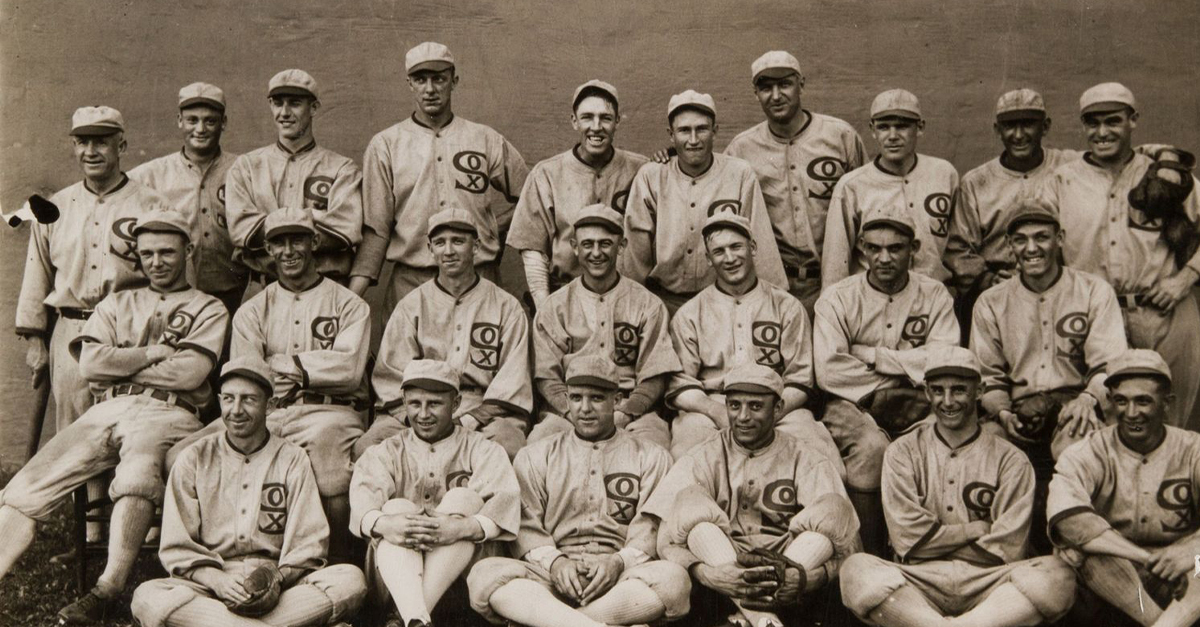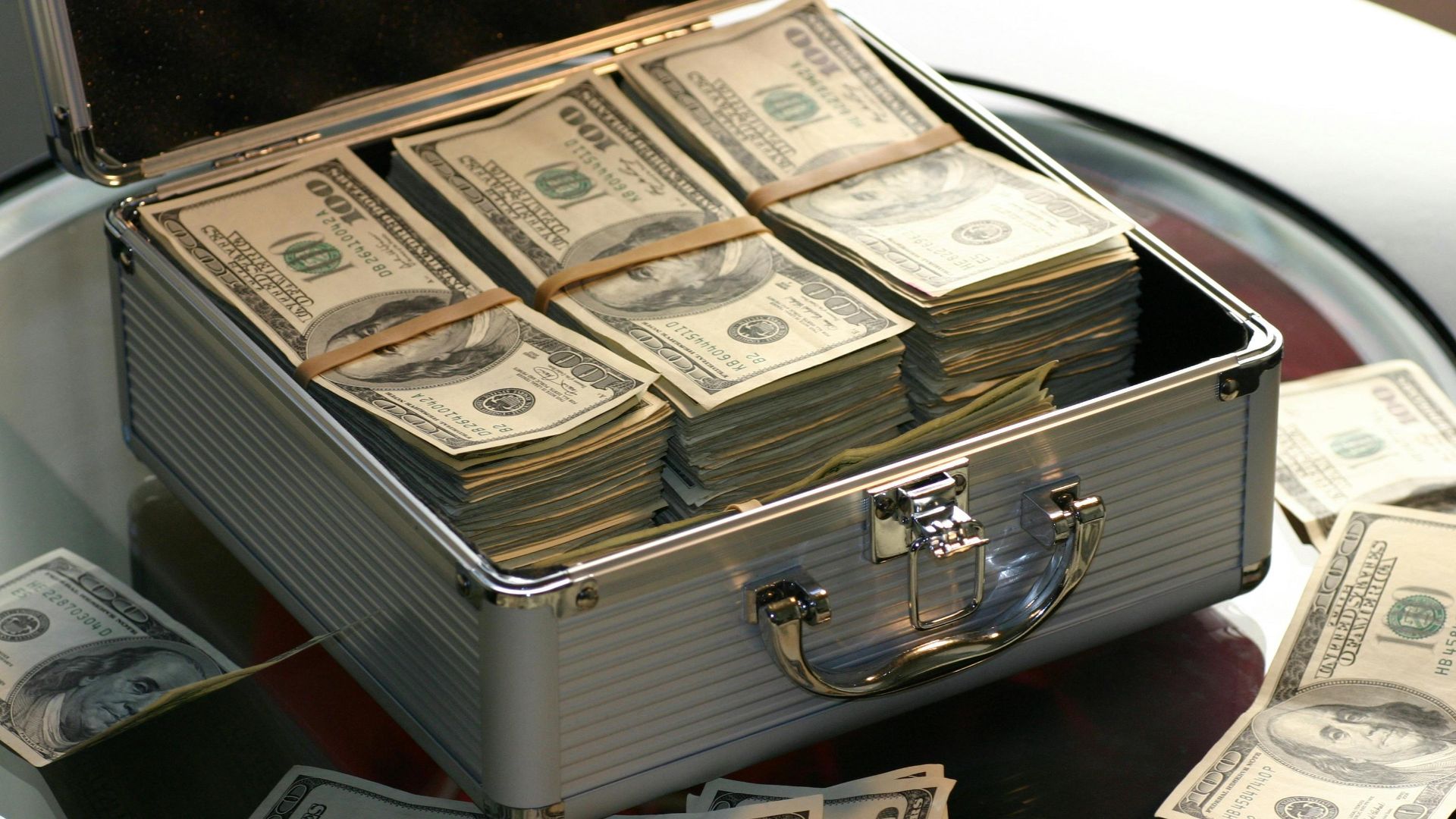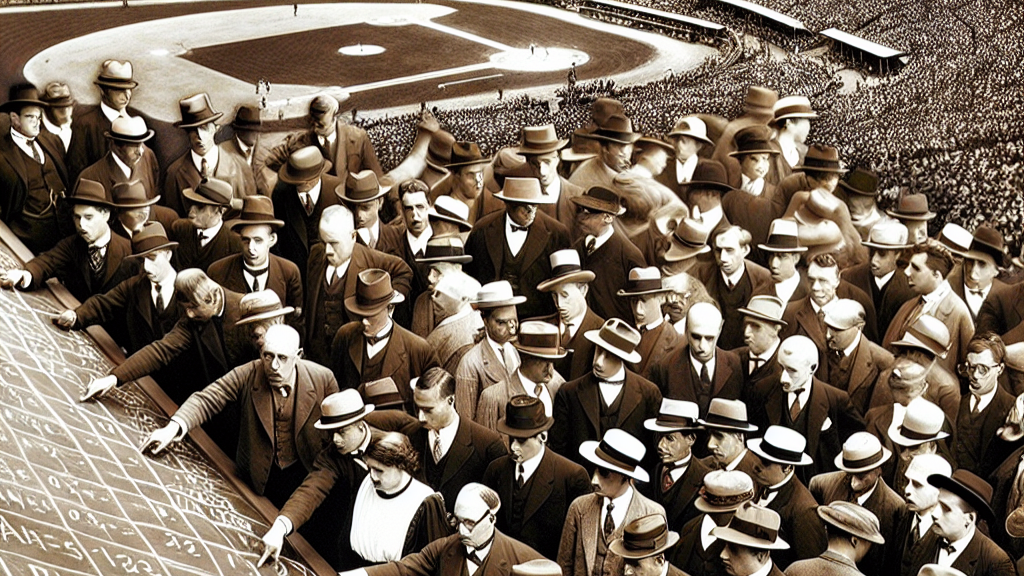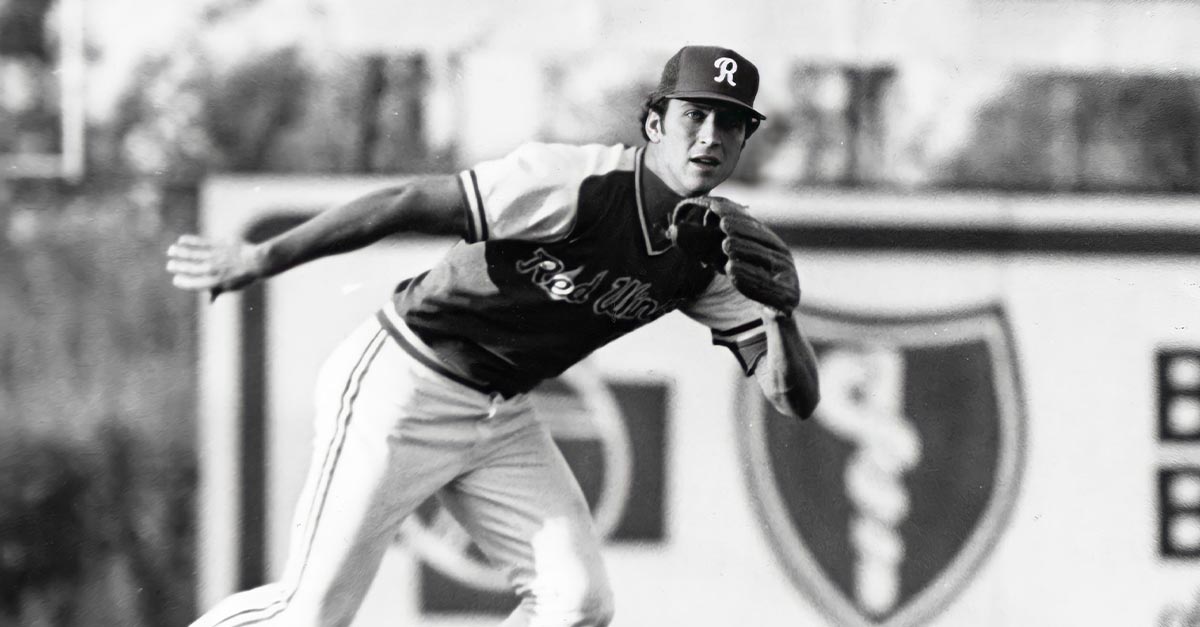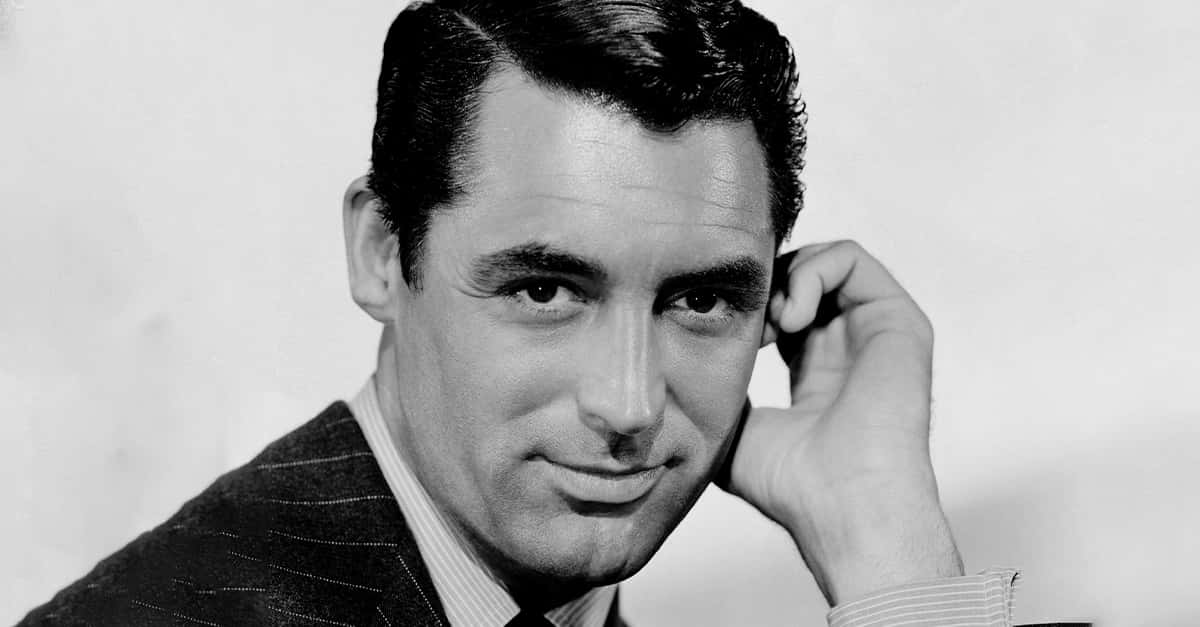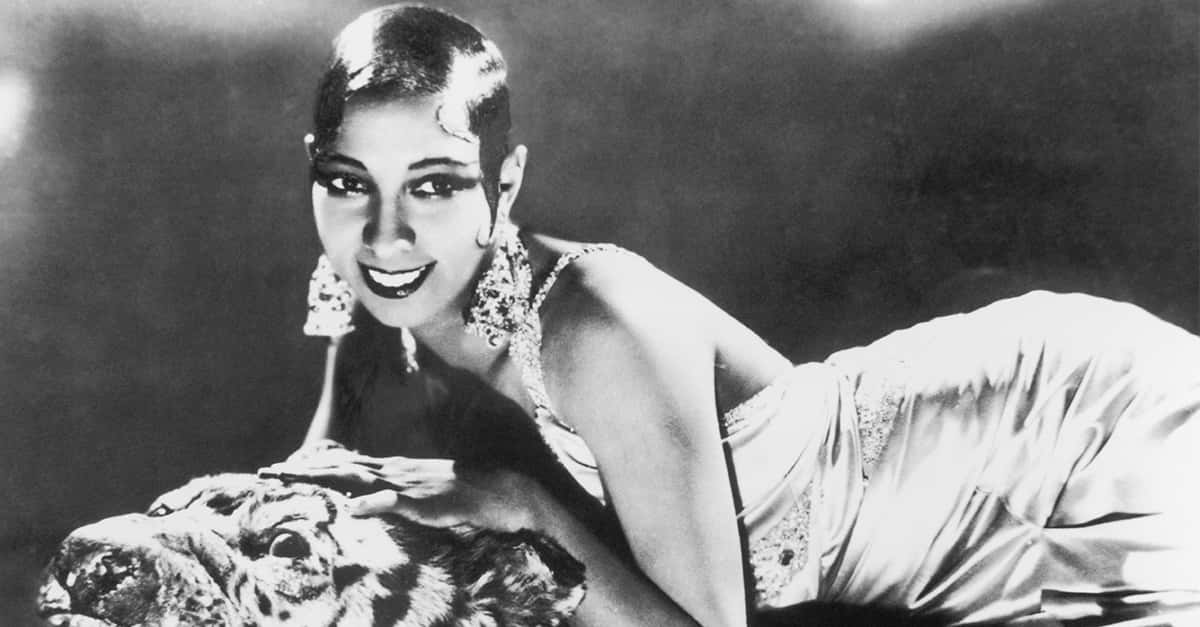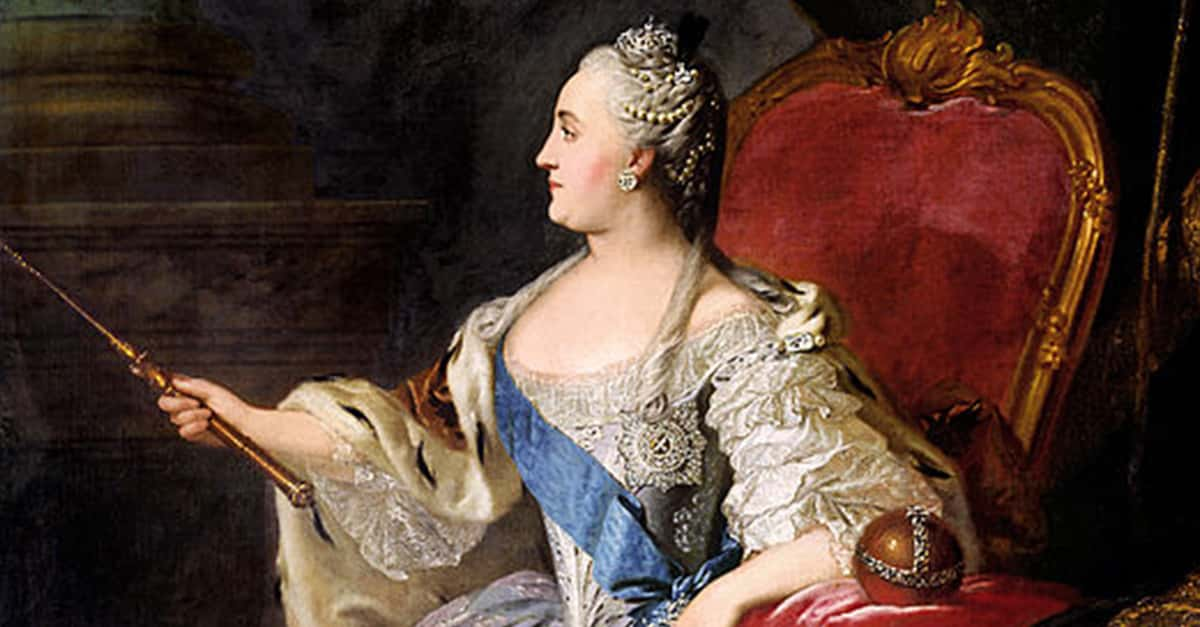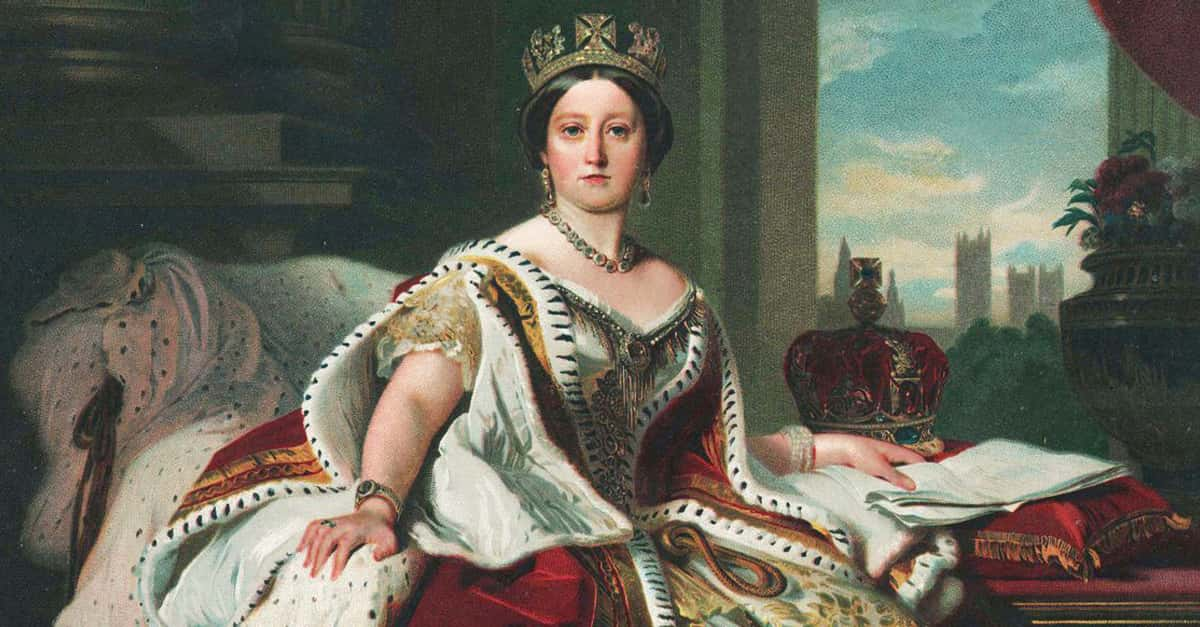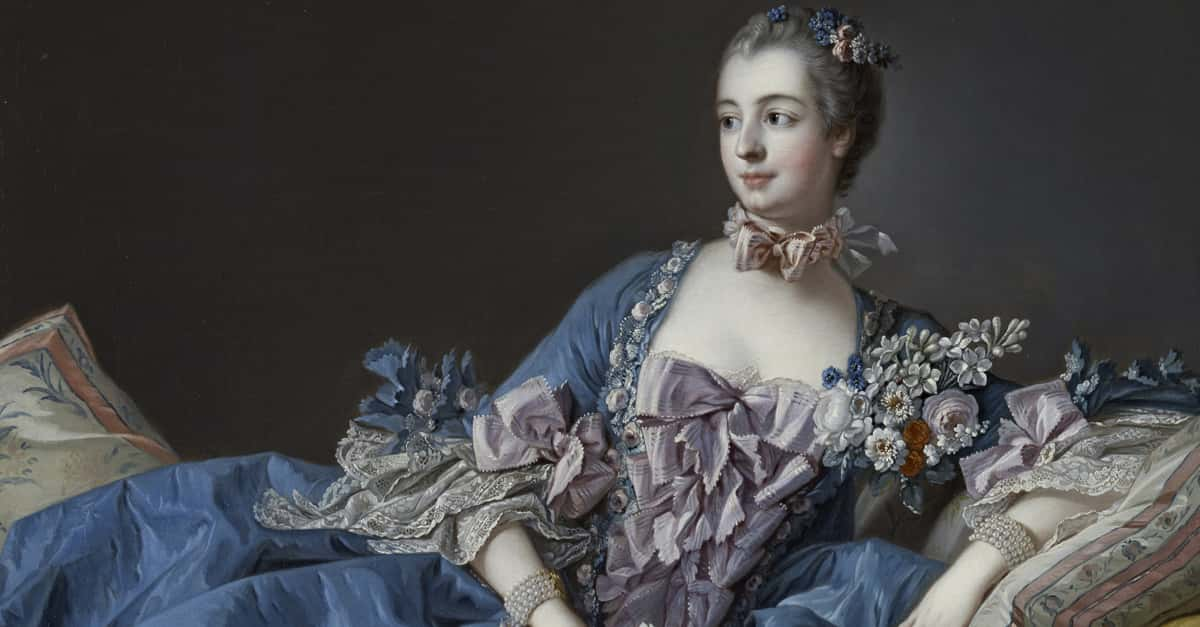I Wouldn’t Bet On It
Gambling and professional sports have a long and complicated history together. Most of the time, gamblers bet based on the skill and track record of a player or team. But in 1919, a group of gamblers and players conspired to fix one of the biggest events in sports.

The Black Sox Scandal
The 1919 World Series of baseball featured the Cincinnati Reds playing against the Chicago White Sox. Fans and gamblers alike expected the usual high-stakes playoffs they’d become accustomed to—not the game-fixing scandal that emerged.
Before A Grand Jury
Almost a year after losing the series to the Reds, a grand jury was convened to investigate rampant rumors of corruption and game fixing. Eight White Sox players were accused of throwing the series. And, unsurprisingly, there was a lot of money involved in the fix.
 Underwood & Underwood, Wikimedia Commons
Underwood & Underwood, Wikimedia Commons
Conspiracy In The Clubhouse
The Chicago White Sox were a successful team prior to the game-fixing scandal. Under owner Charles Comiskey, they won the 1917 World Series. But Comiskey was not well-liked by his players, a fact that led some of them to consider outside sources of income.
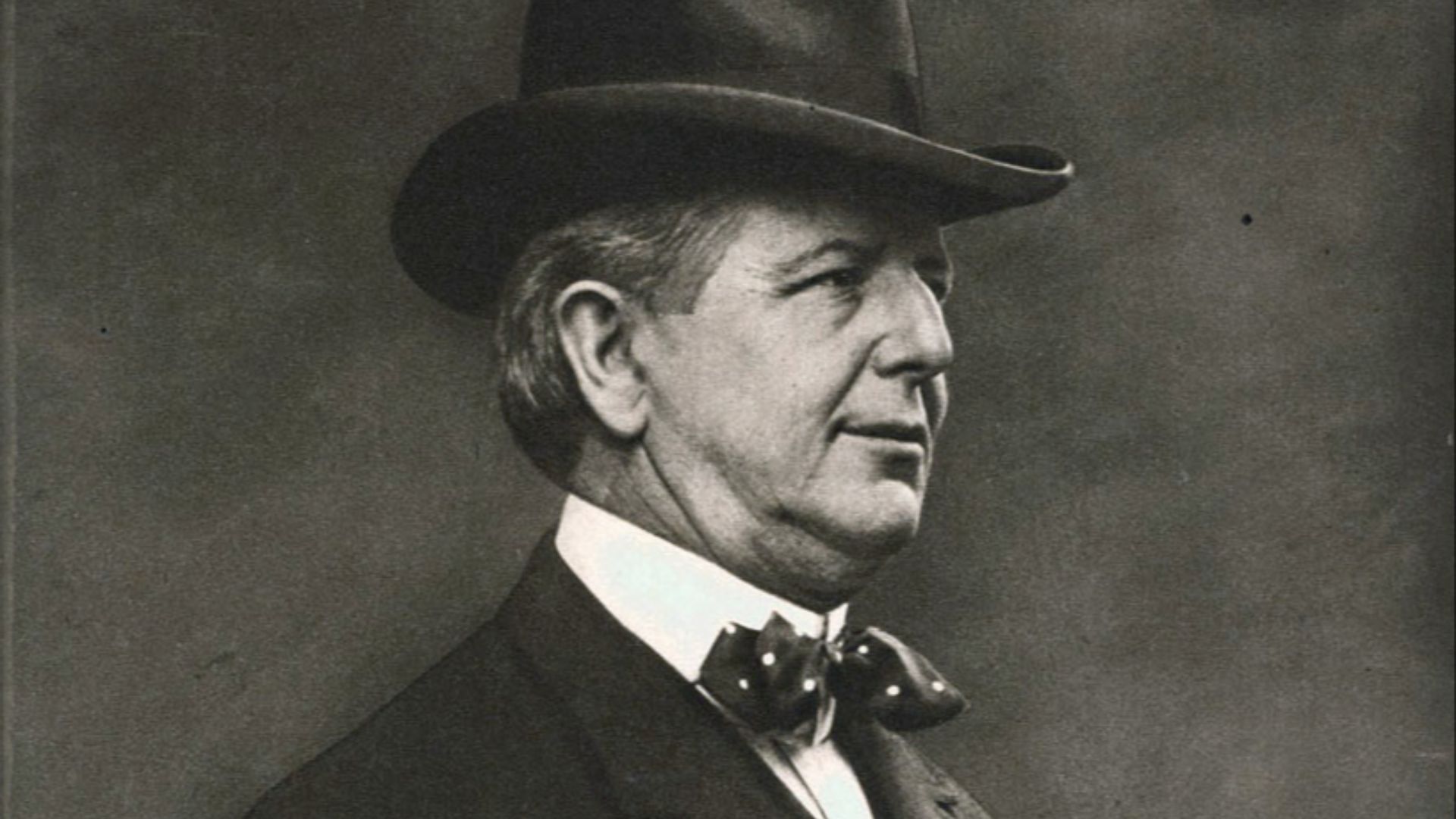 Sporting News, Wikimedia Commons
Sporting News, Wikimedia Commons
The Masterminds
A few weeks before the beginning of the World Series, Sox first baseman Chick Gandil met with bookmaker Joe Sullivan at a Boston, MA, hotel. The two hatched a plot for the White Sox to throw the series in return for $80,000.
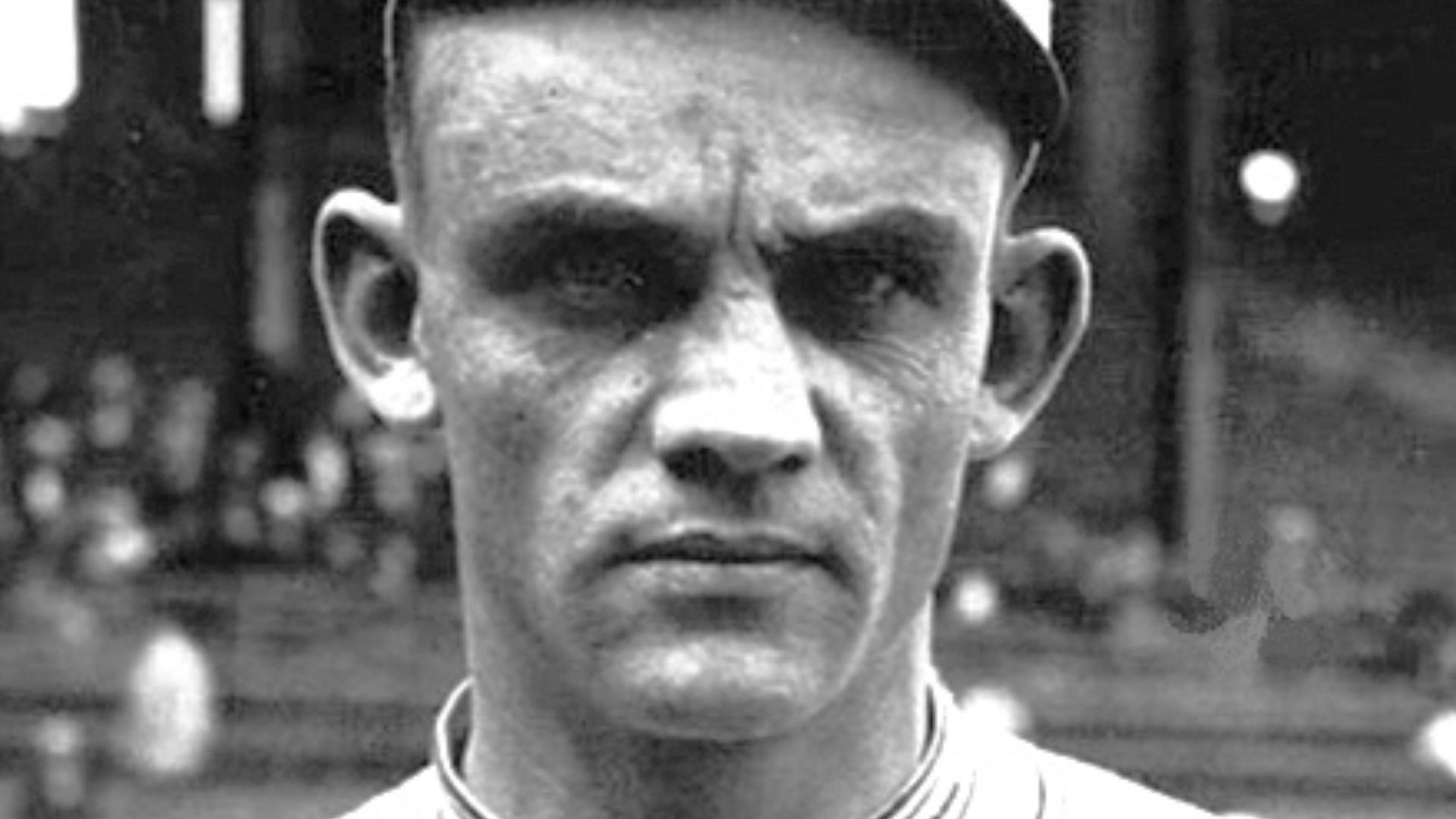 Unknown authorUnknown author, Wikimedia Commons
Unknown authorUnknown author, Wikimedia Commons
The Organization
Despite Gandil and Sullivan being at the forefront of the scandal, rumors abound that the gambling syndicate that organized the fix linked to organized crime. While there is no conclusive proof, crime boss Arnold Rothstein may have been one of the figures behind the scandal.
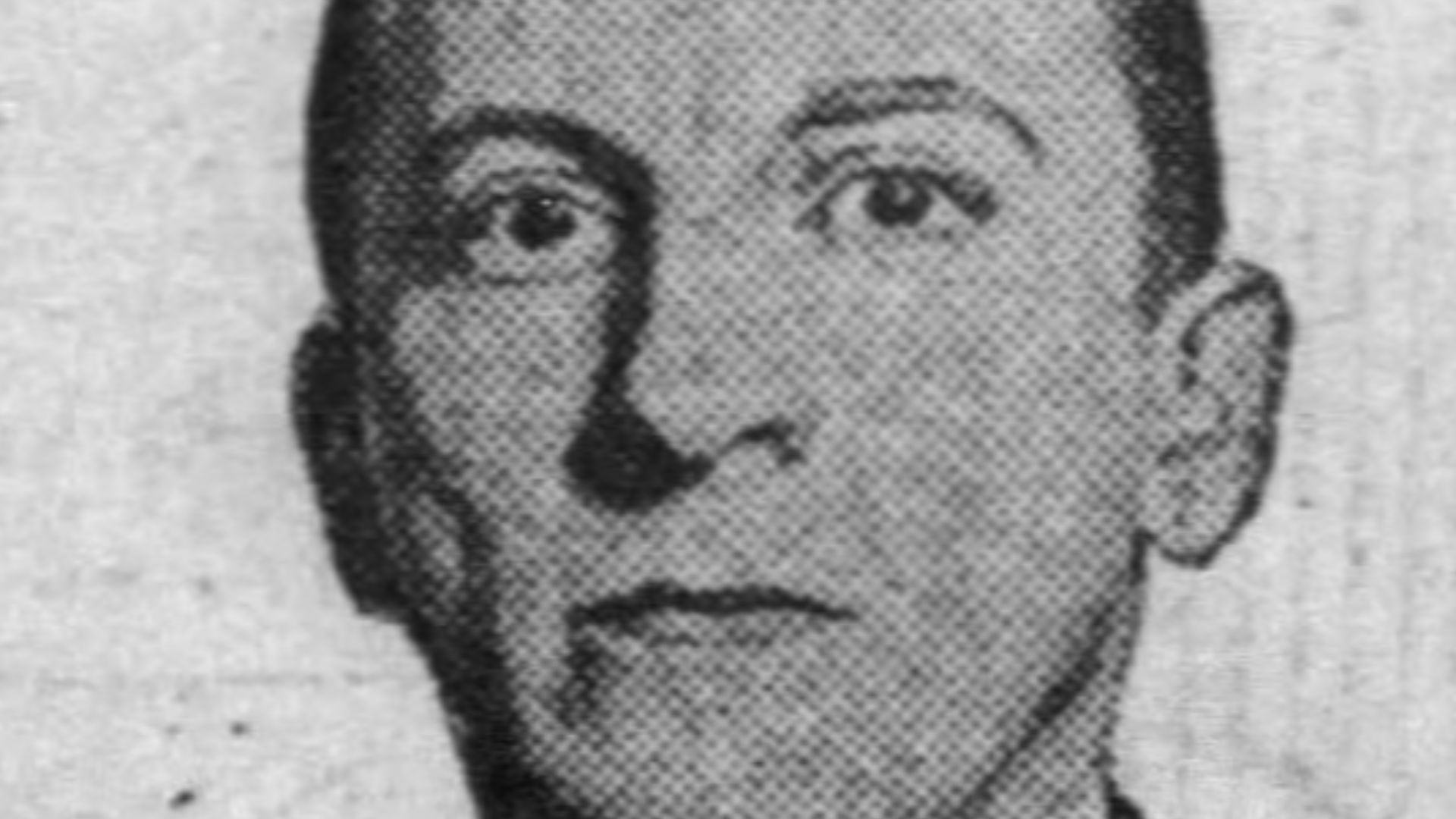 New York Daily News, Wikimedia Commons
New York Daily News, Wikimedia Commons
Really? $80,000?
Before you scoff at fixing the game for what is a relatively small amount of money, remember that this scandal took place over 100 years ago. $80,000 in 1919 is the equivalent of almost $1.4 million in 2025 dollars.
Bringing The Plan To The Team
Two days after the meeting with Sullivan, Gandil brought the plan to the White Sox players. Some players were fully onboard with throwing the series, while others just came to hear the plan and then decide. In the end, eight players allegedly participated in the fix.
 International, 228 William St, NY, Wikimedia Commons
International, 228 William St, NY, Wikimedia Commons
A Coincidental Illness
Pitcher Red Faber was one of the more honest players on the White Sox, and, according to reports, would certainly not have gone along with the fix. Unfortunately, just before the series, Faber contracted the flu and was unable to participate in the series, leaving the pitching door open to conspirators.
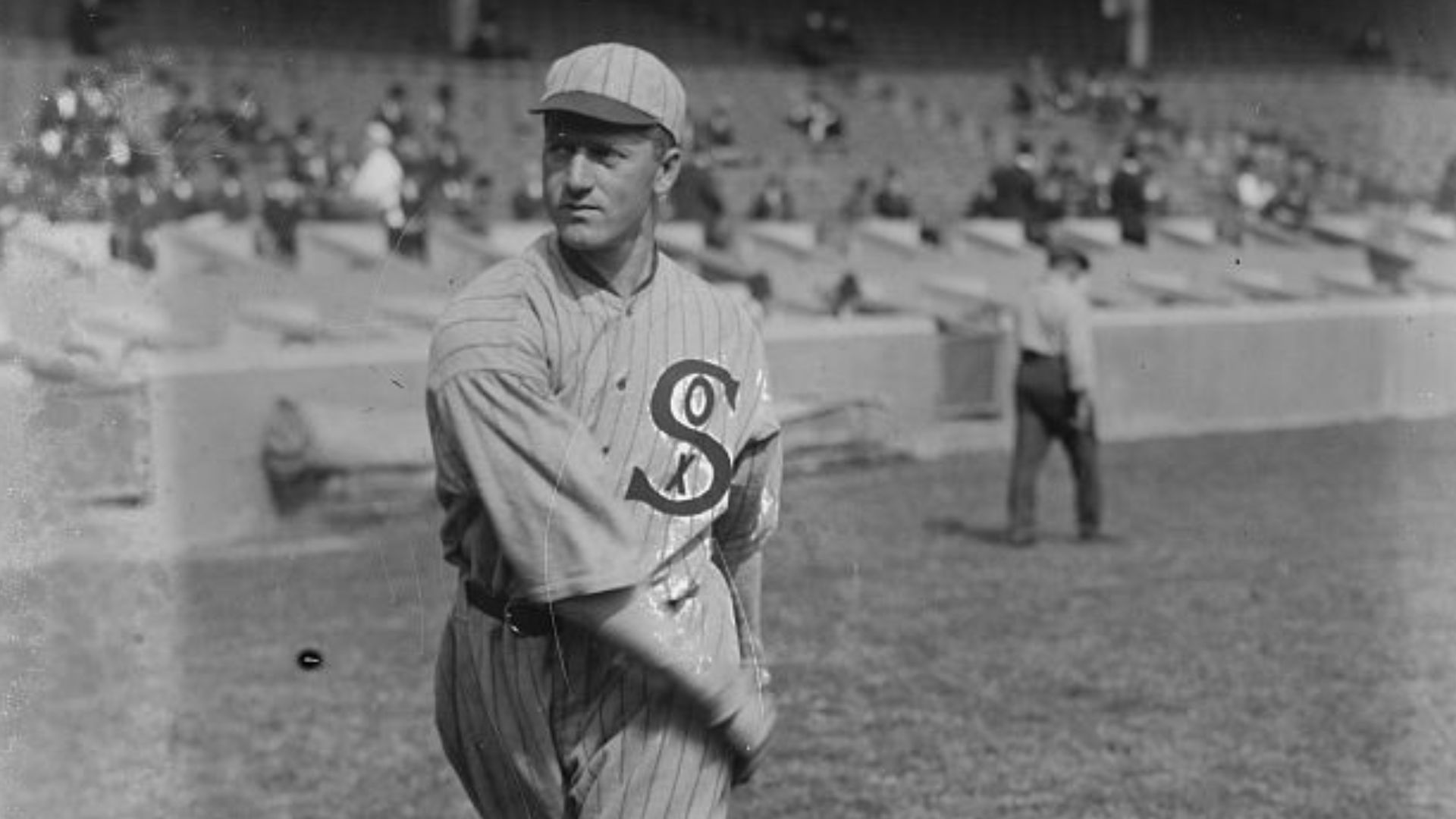 The Library of Congress, Wikimedia Commons
The Library of Congress, Wikimedia Commons

History's most fascinating stories and darkest secrets, delivered to your inbox daily.
The Series Begins
Even as the series commenced on October 1, 1919, rumors swirled that the games were fixed. Large amounts of money were bet on the Cincinnati Reds, raising some red flags. Commentators who were aware of the rumors kept a close eye on plays in the games that were “questionable”.
The Signal
Starting pitcher Eddie Cicotte was the lynchpin. His second pitch of the game struck the Cincinnati player on the back, but this was no accident. Hitting the batter was a signal to the rest of the conspirators that the fix was on!
 The Library of Congress, Wikimedia Commons
The Library of Congress, Wikimedia Commons
Further Foul-Ups
Later in the same game, Cicotte “attempted” a double play, throwing to second baseman Swede Risberg. The throw was a bad one, and the double play was missed. Writers and commentators at the time thought this error was quite suspicious.
Thinking Ahead
For his role in kicking off the fix, Cicotte had demanded $10,000 the night before game one. That’s over $170,000 in 2025 dollars. Cicotte’s pitching in innings one through four set the stage for the string of losses the Sox would suffer over the coming days.
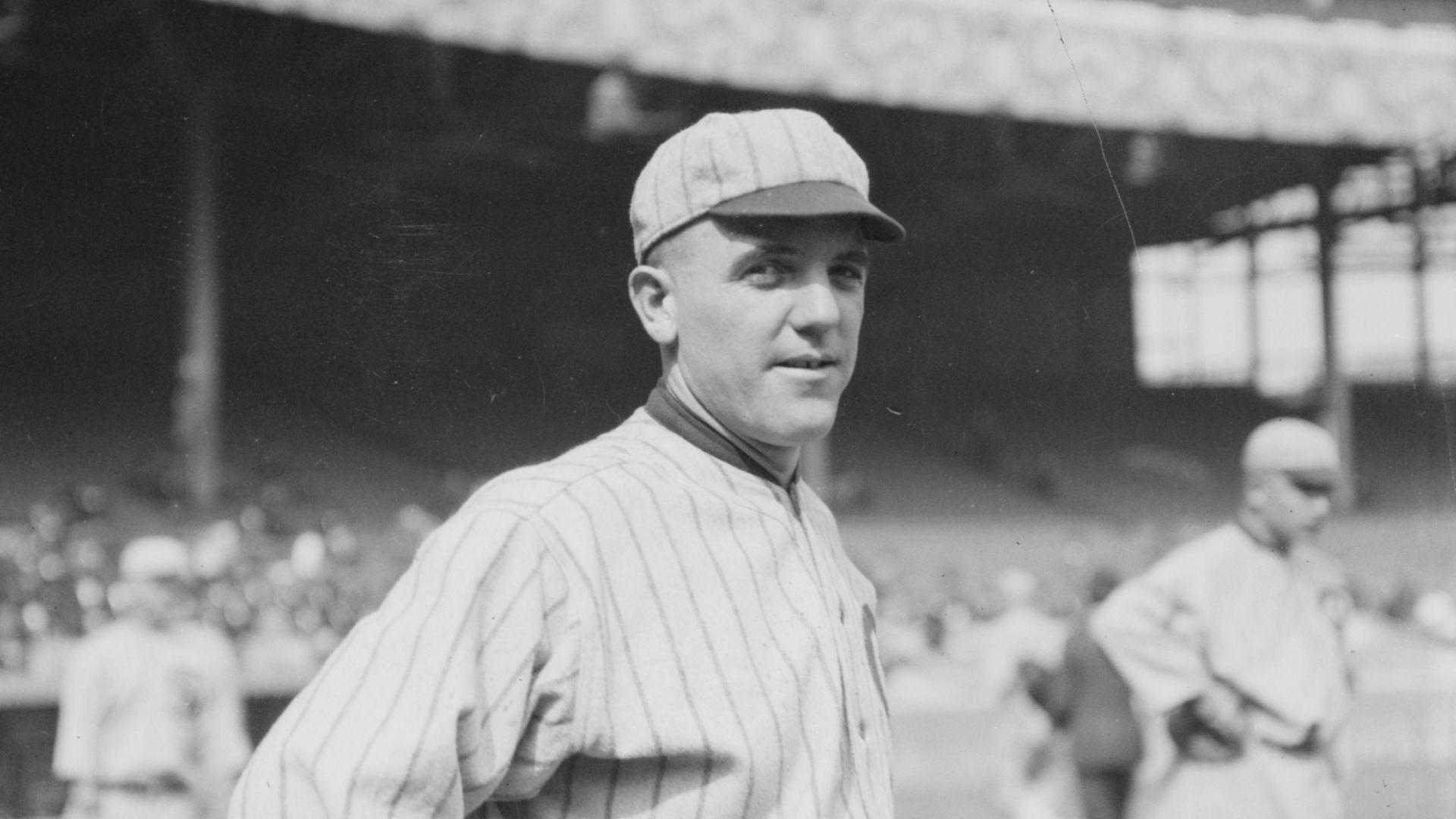 Bain News Service, publisher, Wikimedia Commons
Bain News Service, publisher, Wikimedia Commons
Where’s The Money?
Players who were in on the fix were promised cash after every game they threw. Unsurprisingly, the gamblers behind the scandal did not keep their word, claiming the money was tied up with bookmakers. But the players took it on faith that they’d be paid eventually.
Worsening World Series
Things went from bad to worse. Pitcher Lefty Williams set a series record by losing three games. Williams actually pitched some decent innings during Game 2 but later gave up enough runs to push Cincinnati to another win.
The Money Trickles In
Throughout the series, bits and pieces of money made their way to the players. Chick Gandil got the cash from the gamblers and distributed it to the players. Still, it wasn’t quite the windfall the players had expected, which led to some later series drama.
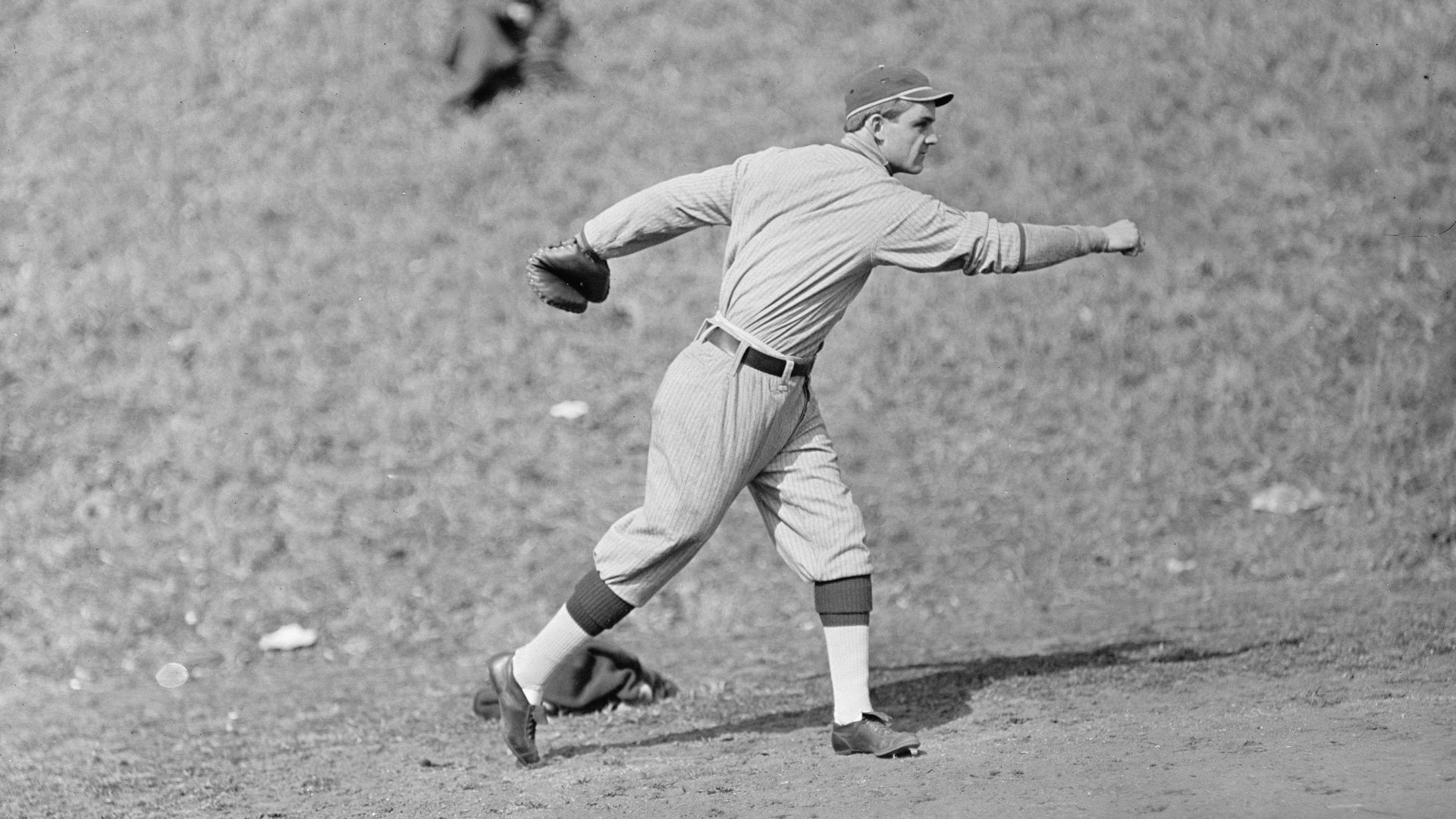 Harris & Ewing, Wikimedia Commons
Harris & Ewing, Wikimedia Commons
The Later Games
With the promised money not appearing, the players involved in the scandal decided to put some fear into their financial backers. The White Sox won Games 6 and 7 of the series, playing at the level that most expected of them. But the fear of losing pushed the criminal backers to get nasty.
Family Matters
In response to the players upping their game, the gamblers hit the home front. Game 8 starter Lefty Williams was told that if he didn’t follow through on the fix, his wife would pay the price. Williams was convinced, and the Sox blew the game.
The Payout
All in all, after losing the series, the players involved in the fix received $5,000 each. That’s about $87,000 today. Chick Gandil, for his major role in the conspiracy, walked away with about $35,000, or close to $600,000 in 2025 dollars. But suspicion over the fix did not stop after the series ended.
 Transcendental Graphics, Getty Images
Transcendental Graphics, Getty Images
The 1920 Season
The White Sox continued as if the World Series loss had simply been the result of bad playing. But commentators and sportswriters still saw some of the plays as suspicious, and rumors of corruption followed the team throughout the next year.
The Grand Jury
In September 1920, a grand jury convened to investigate the rumors of game fixing. It wasn’t just the dubious quality of play in the 1919 World Series, but also corruption rumors tied to other clubs. It was time to uncover the seedy underbelly of America’s favorite pastime.
Cicotte Fesses Up
On September 28, 1920, the man who kicked off the fix in Game 1 came clean. Pitcher Eddie Cicotte admitted to the grand jury’s inquiry that he had been part of a scheme to throw the series. Cicotte’s admission led to the grand jury uncovering the whole shady situation.
 Chicago History Museum, Getty Images
Chicago History Museum, Getty Images
A Shiny 1920
As the grand jury’s inquiry progressed, the White Sox found themselves in a race for the American League pennant against the Cleveland Indians. By the time of the final series of the season, the Sox and the Indians were tied for first place.
A Serious Suspension
Due to the allegations brought forth about the World Series, owner Comiskey ended up suspending all of the players named as conspirators. It cost the Sox the pennant and paved the way for Cleveland to win the 1920 World Series.
 unattributed, Wikimedia Commons
unattributed, Wikimedia Commons
The Grand Jury’s Decision
On October 22, 1920, the grand jury investigating the 1919 World Series scandal delivered its decision. Eight players and five gamblers were indicted. Among the charges was “conspiracy to defraud”, a charge that would dearly cost the players involved for the rest of their lives.
 New York Times Co., Getty Images
New York Times Co., Getty Images
Comiskey Comes Through
One reason that the Sox players went through with the fix was that they found team owner Charles Comiskey’s tight purse strings difficult to deal with. Comiskey, however, rewarded the players not implicated in the scandal with bonus checks. Each player received the 2025 equivalent of $26,000.
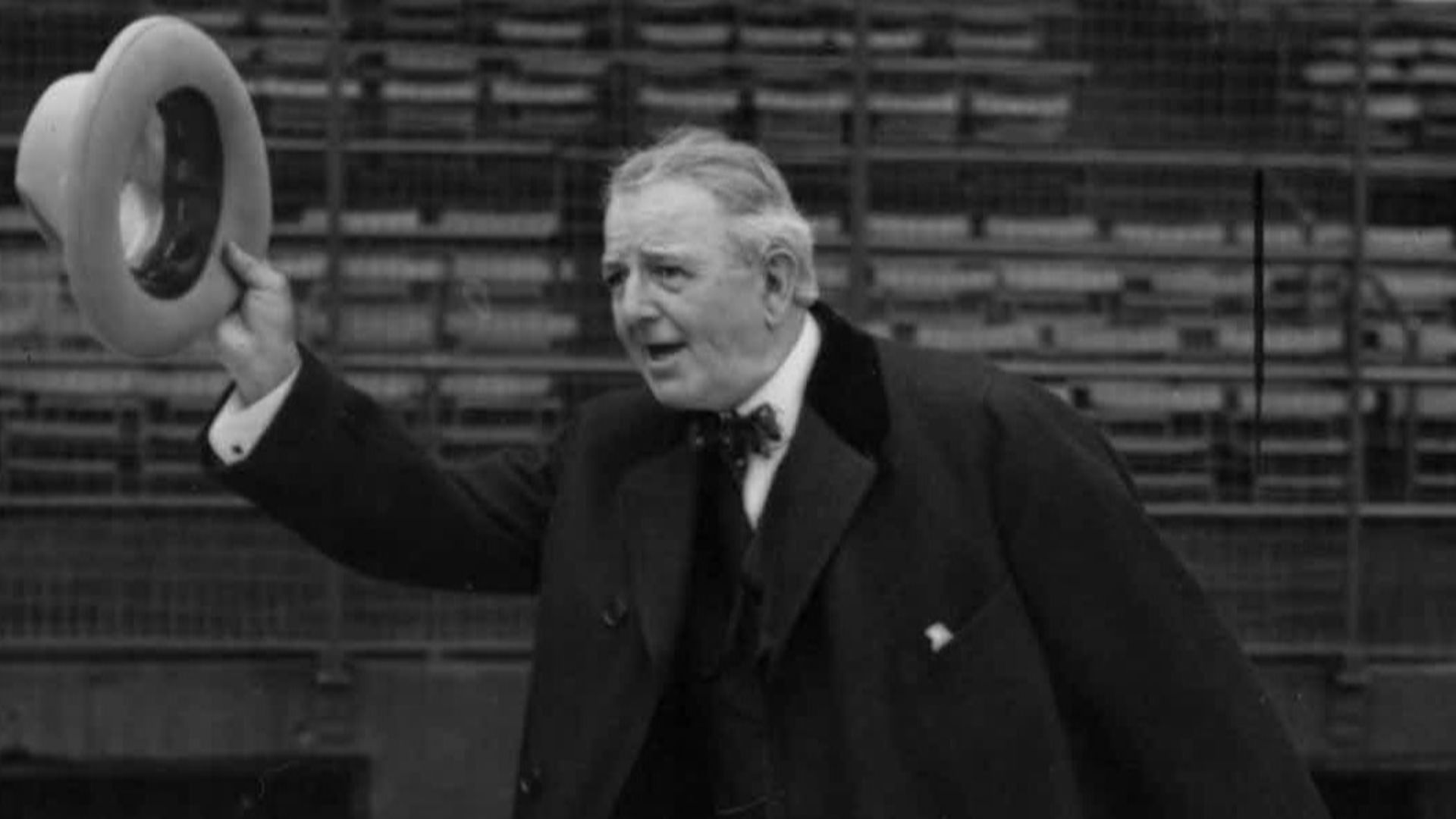 Unknown authorUnknown author, Wikimedia Commons
Unknown authorUnknown author, Wikimedia Commons
The Trial Begins
A year and a half after the World Series fiasco, the trial of the indicted commenced in Chicago. Shano Collins, the Sox right fielder, was named the wronged party. He claimed that the conspiracy to throw the game cost him almost $1,800, a tidy sum in 1919.
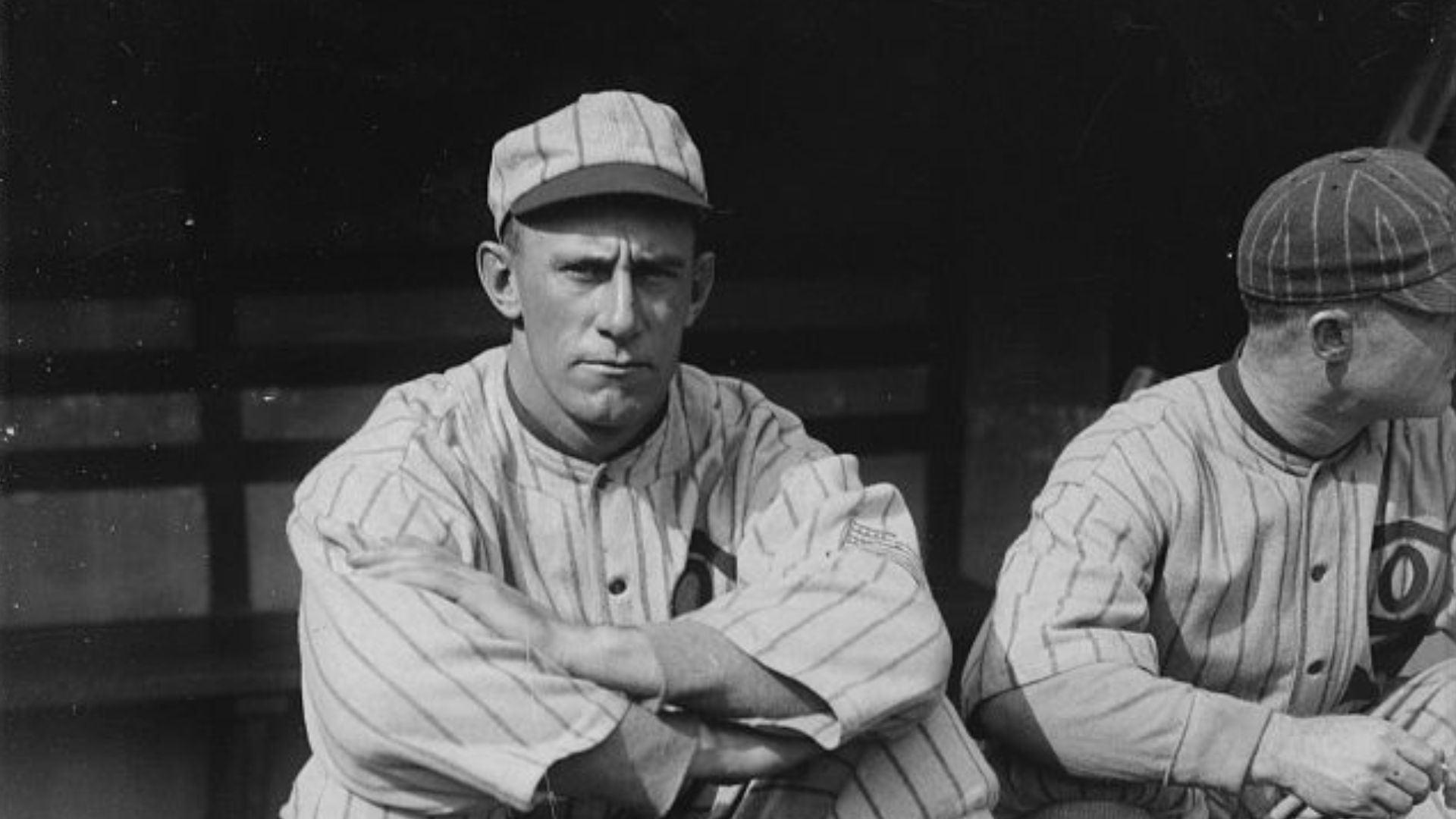 Fordmadoxfraud, Wikimedia Commons
Fordmadoxfraud, Wikimedia Commons
Missing Testimony
Before the trial began, evidence that was key to the prosecution’s case went missing. Signed confessions admitting to the conspiracy from Eddie Cicotte and Joe Jackson went missing from the Cook County courthouse. These confessions were strong indicators of the players’ guilt.
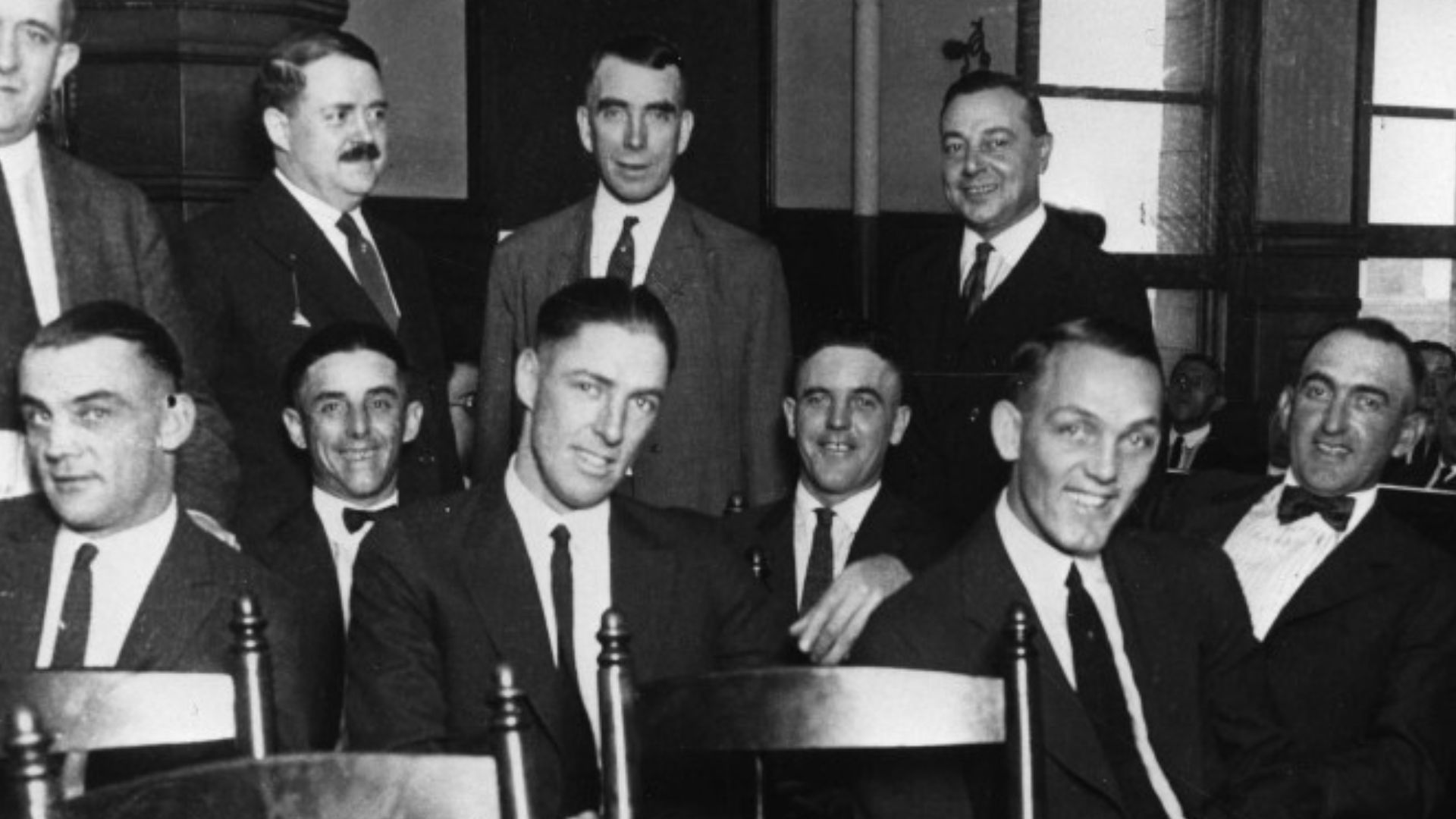 Unknown authorUnknown author, Wikimedia Commons
Unknown authorUnknown author, Wikimedia Commons
Burns Notice
William Burns, a retired player, turned state’s evidence a few days into the trial. Burns claimed to have taken messages from the conspiring players to their gambler benefactors, including someone with the initials “AR”, potentially crime boss Arnold Rothstein.
THE Testimony
18 days later, Burns delivered the most damning piece of evidence the prosecution could have hoped for: an admission that members of the team had intentionally fixed the World Series. Burns once again implicated organized crime leaders and called out Cicotte for his role in the fix.
The Jury’s Decision
The month-long trial came to an end on July 28. The defense rested, and the judge ordered the jury to deliberate. After only three hours of considering the evidence, the jury returned with a verdict of not guilty for all of the accused players.
 Chicago History Museum, Getty Images
Chicago History Museum, Getty Images
The Commissioner Of Baseball
As the trial went on, large-scale changes were underway in the national baseball organization. Game-fixing and corruption were not uncommon in the game, so owners determined that the governing group, the National Baseball Commission, had to go.
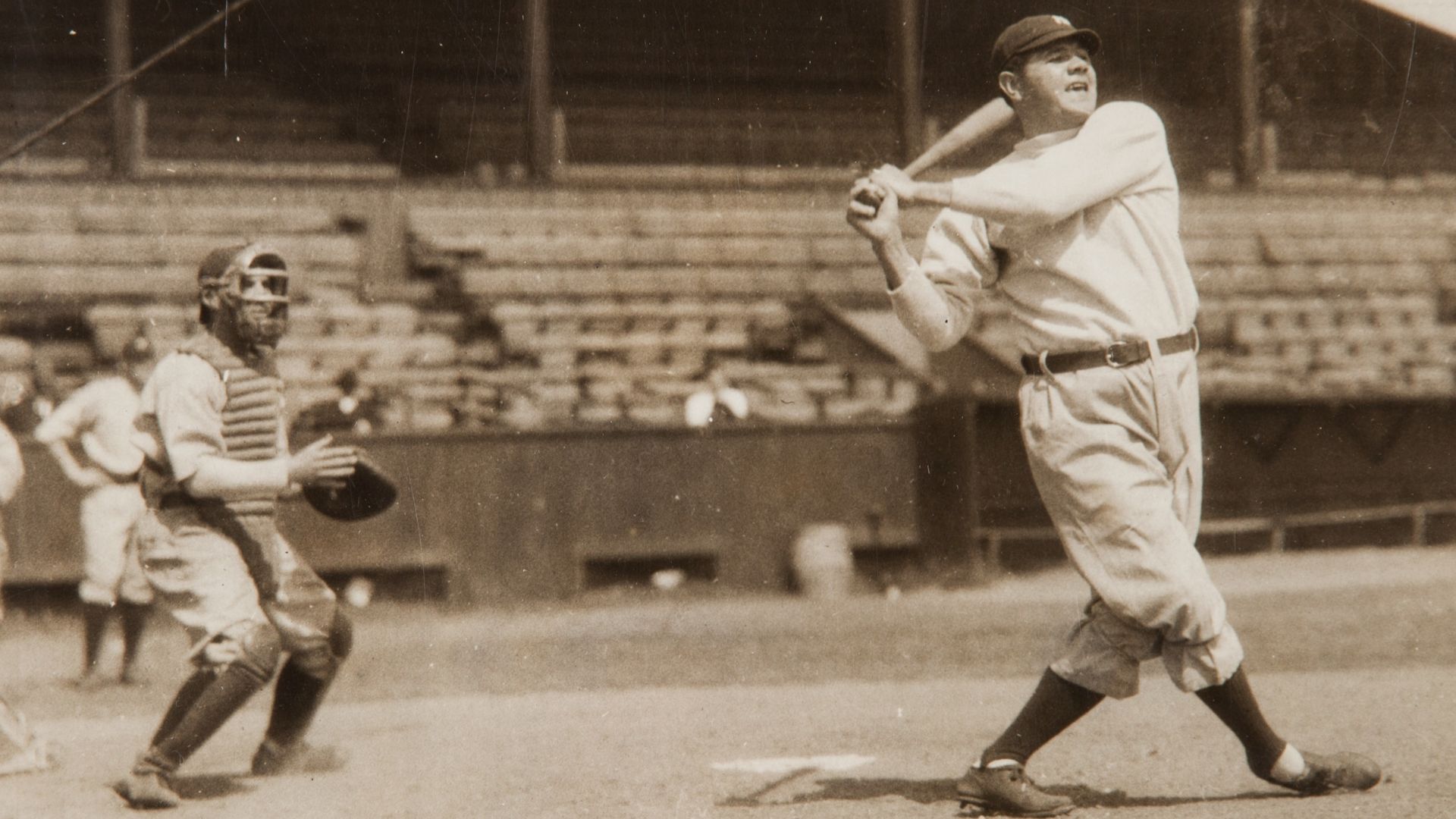 unattributed, Wikimedia Commons
unattributed, Wikimedia Commons
Judge Landis
Federal judge Kenesaw Mountain Landis was the owners’ choice for someone to direct and oversee professional baseball. He was originally supposed to head a three-member committee, but Landis made it clear that he would only accept the position if he was given sole power.
 Chicago History Museum, Getty Images
Chicago History Museum, Getty Images
Banned For Life
Before the trial wrapped up, Landis made a monumental decision about the accused White Sox players. He placed them on an “ineligible list”, banning them from playing in any professional, organized baseball leagues.
Support From Comiskey
The White Sox’s owner, Charles Comiskey, supported Landis’s decision fully. After Landis banned the players, Comiskey released the accused players still under contract to the Sox from their obligations.
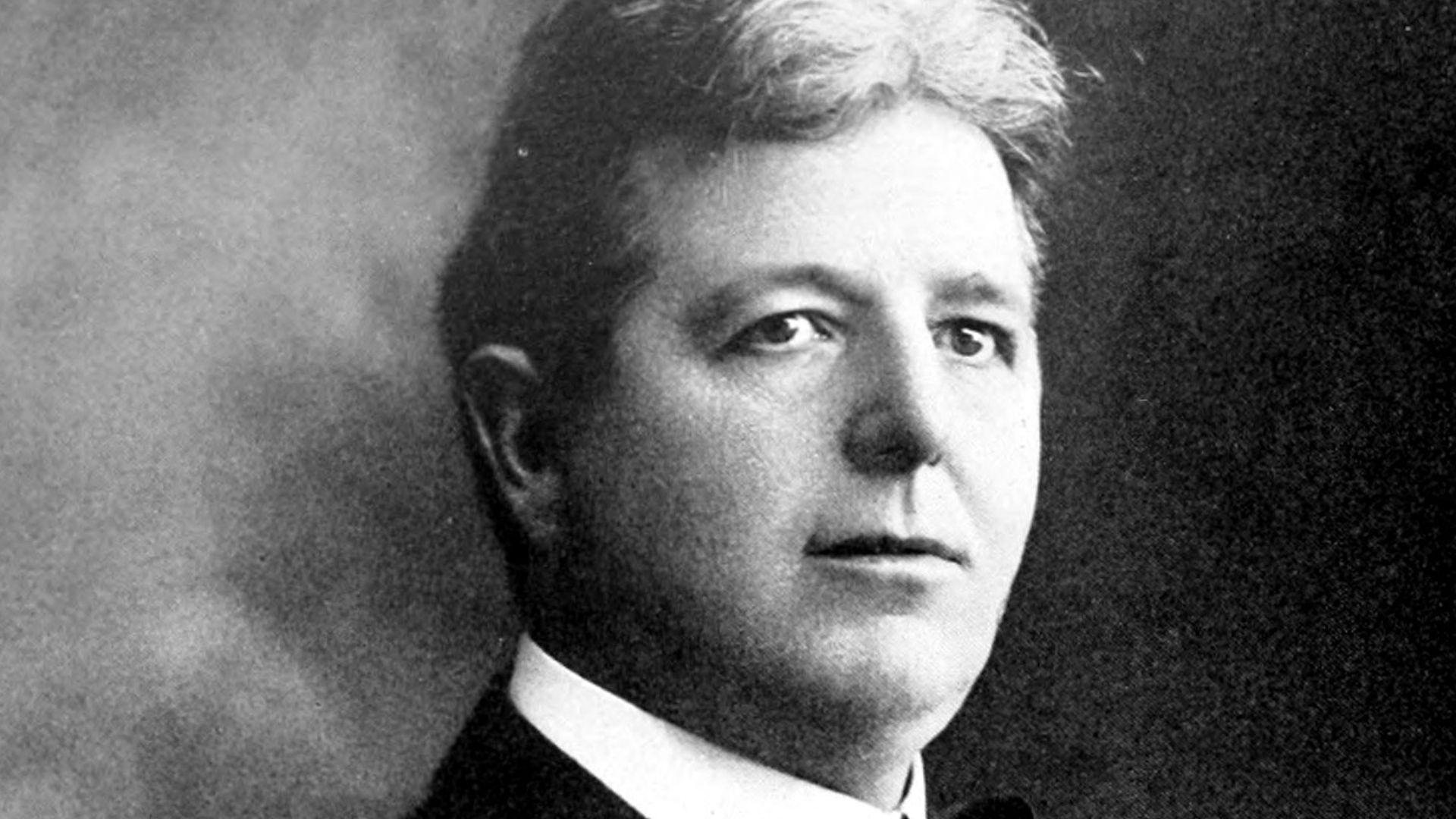 Unknown authorUnknown author, Wikimedia Commons
Unknown authorUnknown author, Wikimedia Commons
Banned Despite Acquittal
Even after the accused players were found not guilty at trial, Landis’s ban remained. He noted that, although acquitted, there was no doubt that they had broken the rules and trust of baseball and should not be allowed to participate in a sport they had sullied.
Shoeless Joe
Among those banned was one of the most famous players to ever swing a bat: Shoeless Joe Jackson. Jackson’s nickname came from a story of him playing in his socks after finding his cleats too painful.
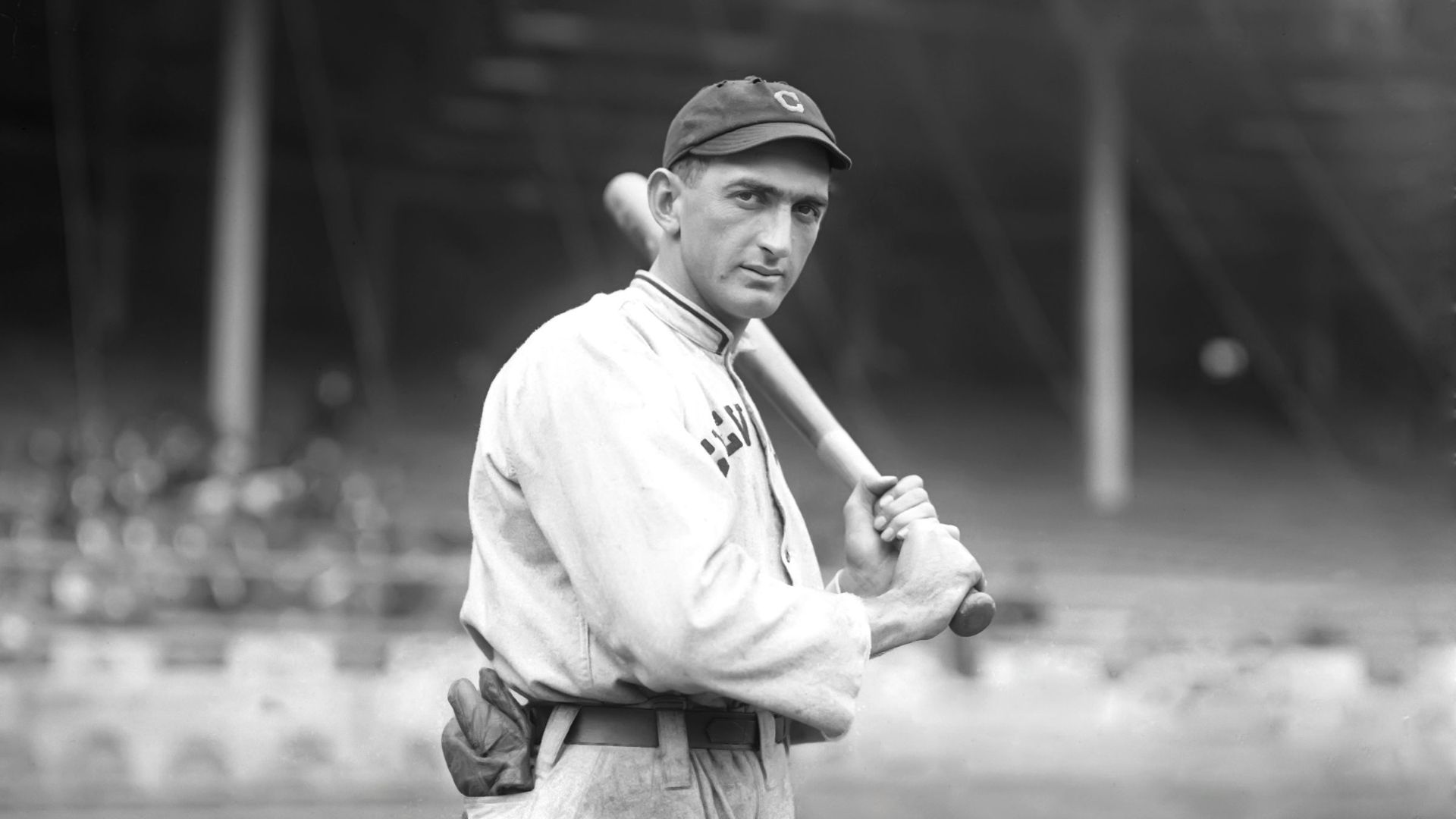 Charles M. Conlon, Wikimedia Commons
Charles M. Conlon, Wikimedia Commons
Hall Of Famers?
The banned players were also, for a very long time, ineligible for inclusion in the Baseball Hall of Fame. For stellar players like Jackson, it is a great loss to the history of the game. Thankfully, recent decisions by baseball’s governing body will make Jackson eligible for Hall of Fame inclusion in 2027.
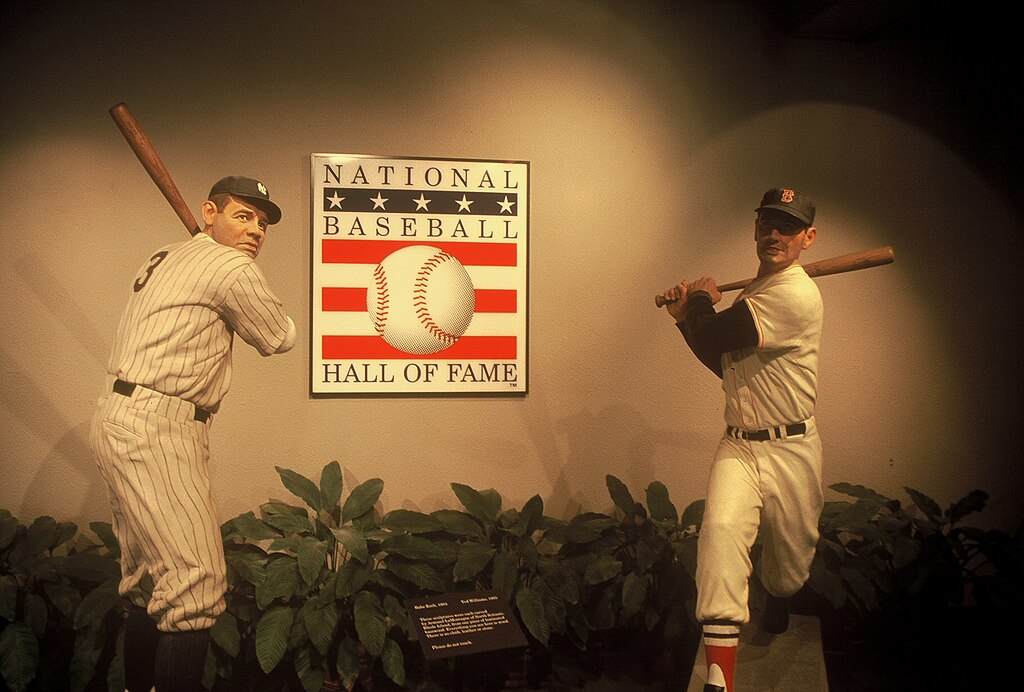 Jon Gudorf Photography, CC BY-SA 2.0, Wikimedia Commons
Jon Gudorf Photography, CC BY-SA 2.0, Wikimedia Commons
The Legacy
The 1919 World Series scandal left a mark on American popular consciousness. WP Kinsella’s novel Shoeless Joe provided source material for the successful film Field of Dreams, starring Kevin Costner. The film featured the ghosts of the banned players returning to the baseball field to redeem their behavior.
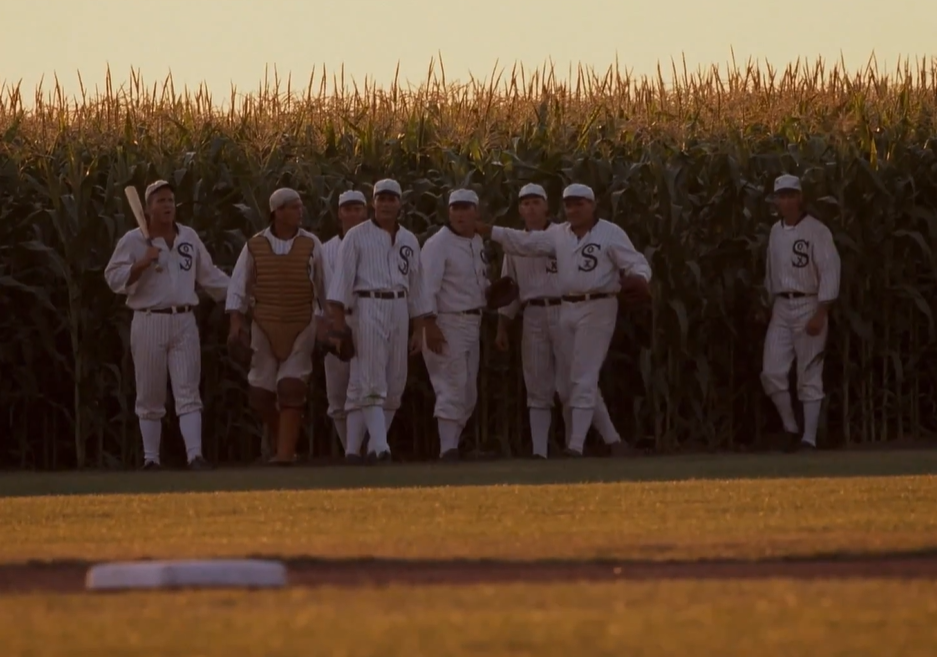 Gordon Company, Field of Dreams (1989)
Gordon Company, Field of Dreams (1989)
And The Curse
After throwing the 1919 World Series, the White Sox would not be in a position to win another World Series until 2005. Their poor performance over almost 100 years gave rise to rumors of the Curse of the Black Sox. Whether or not this curse is over, only time will tell…
You May Also Like:
Inside NASCAR’s Strangest Scandal: Spingate
Inside Formula One’s Biggest Scandal: Crashgate

